Beijing Calls Washington’s Bluff on Strategic Metals
China’s latest export restriction lays bare the complex geopolitics behind President Trump’s proposed tariffs—and the green energy transition.
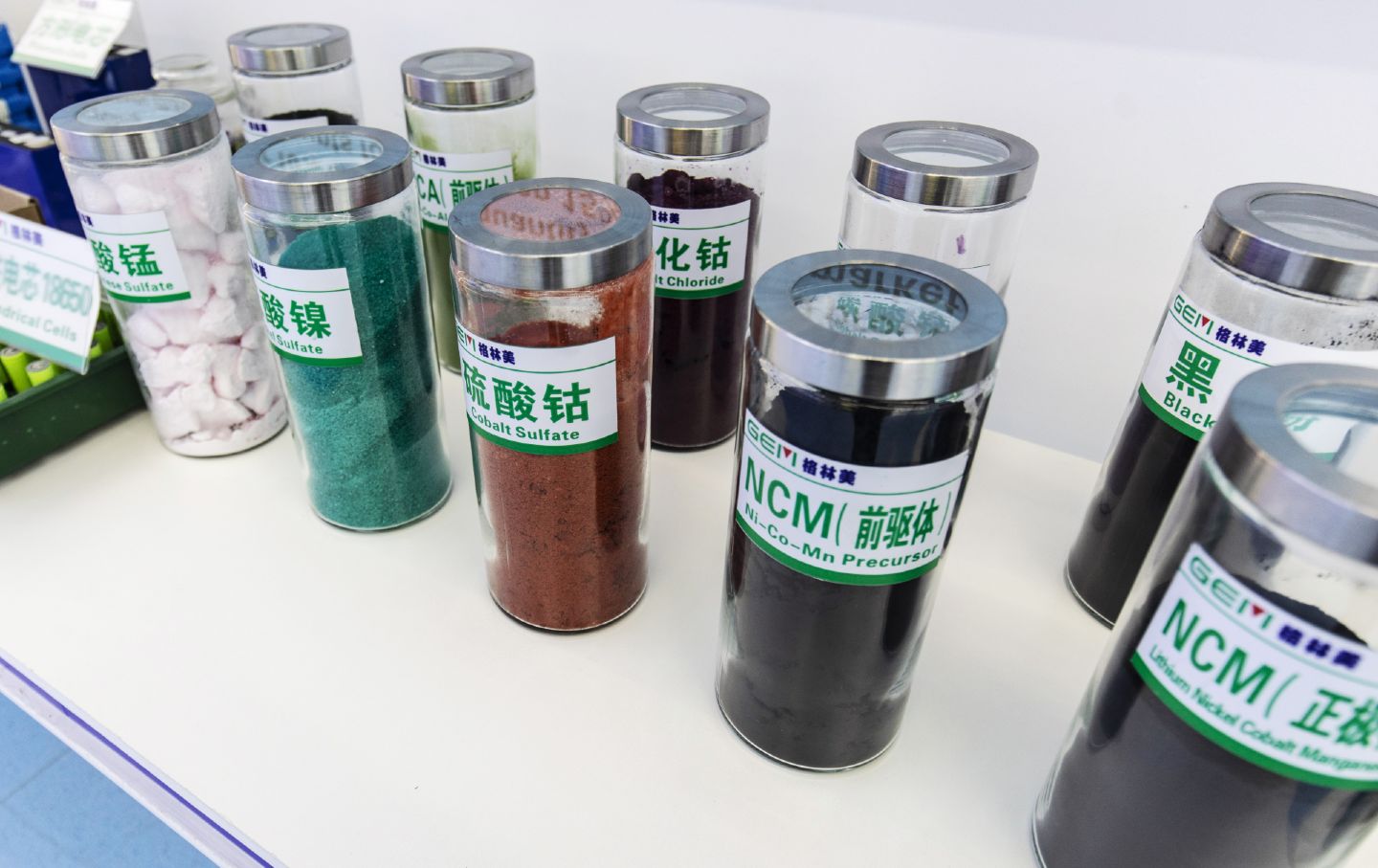
Earlier this December, the Chinese government announced that it would curb the export of several key industrial minerals, as well as certain types of graphite. The move came in the context of mounting pressure on China from Washington, and in anticipation of stringent tariffs that Donald J. Trump has promised to levy when he returns to the presidency next year.
Chinese government spokespeople have argued that curbing export of these minerals is in line with their government’s antiproliferation efforts. They have said that the materials are “dual use,” and that they might be used in manufacturing weapons. Officials in the United States have historically also argued the same thing about some of the minerals, such as graphite, which the US put under strict export controls in 2006.
Among the minerals are antimony (which is used in night-vision goggles and bullets), gallium (precision-guided weapons and radar systems), and germanium (powerful sensors that are mounted on tanks, ships and helicopters). Superhard metals like tungsten may also be included in the restrictions, as is graphite, a type of carbon familiar from its use in pencils. Certain types of graphite are used in gun barrels, and others are dispersed on the battlefield as a sort of smoke that confuses electromagnetic wave detection devices.
Most of these materials also have considerable civilian uses. For instance, graphite is used in the anodes, or negative electrodes, of almost all lithium-ion batteries. (If you’re reading this article on a battery-powered device, you’re probably using graphite in some form.) What export controls mean is that non-Chinese companies that use the material in products destined for the United States will have to apply for export licenses. Such licenses will be up to Chinese officials to grant or withhold.
China controls the vast majority of the processing of some of these materials—a fact that began to register widely in Washington only as tensions began to ramp up with China during the previous Trump administration. China, for instance, produces 61 percent of natural graphite and 98 percent of the world’s final processed graphite. Graphite is also a key material in the green energy transition and electric vehicles: Last year, some 50 percent of the world’s natural graphite went into electric vehicles.
Beijing has managed to extend its grip across the supply chain in recent years. Efforts have been made—most notably through Joe Biden’s Inflation Reduction Act—to create a supply chain for critical minerals that is independent of China, as well as the development of new technology that reduces the need for hard-to-get materials. But progress has been slow. “China is still set to be the dominant player,” said Tony Alderson, the senior anode and cathode analyst at Benchmark Mineral Intelligence, a specialist provider of supply chain and energy transition information. “I think the investment that they are putting in is huge, and it is more than the US with regard to the anode supply chain.” Despite paeans to progress from politicians in Europe and the US, 2024, he said, was “the year of delays,” and a widening gap between supply and demand for critical minerals in everywhere but China.
By banning the export of these minerals, the Chinese government is showing that it has leverage over critical parts of the supply chain for electronics. “We see it in the industry as a shot across the bow,” Michael R. Hollomon II, the commercial director at US Strategic Metals, a mining and processing firm focused on green transition materials, told me. He noted that the Chinese have enacted similar bans of critical minerals in the past, including a ban last year of specific gallium and germanium products. “The Chinese government have put their money where their mouth is.”
Markets have reacted to the news of the most recent reductions: The price of antimony surged 40 percent on news of China’s most recent export curbs. It was something that worried Gary Evans, the CEO of US Antimony Corporation, the only domestic processor of antimony. Evans, speaking on Fox Business, worried that high prices would cause businesses to be priced out of the market.
Hollomon said that the Biden administration had often talked about building a supply chain independent from China, but that promised projects were often not followed through on, and that funding was held up at critical stages. China, on the other hand, has been able to fund projects and drive down costs for Chinese firms through massive injections of state capital into the mining, processing and industrial use of critical metals and transition technology. “We’ve been playing with our hands tied behind our backs—that is the way the West has been operating for the last 15 years,” he said.
But there is a more fundamental question at play as well. The United States traditionally limited technology transfers to China because of copyright concerns: This year, President Biden imposed an 100 percent tariff on Chinese electric vehicles. The US government recently prepared restrictions on the import of AI technology into China (Beijing responded with an antitrust investigation into the US chip giant Nvidia), and Washington has been talking about “decoupling” from China for the last several years. In 2022, the US Department of Defense even released a 74-page report on “securing” the supply chain for materials used in military hardware. Chinese graphite is already subject to a 25 percent tariff in the US. (Last Wednesday, a North American trade association of active anode material producers asserted that such a tariff was “far too low” and asked the US government to levy a 920 percent tariff on Chinese graphite imports, a move that would double the cost of an electric vehicle Stateside.) Why would China help the United States build a supply chain that subverts its own interests and diminishes market share for Chinese companies?
In the critical metals and renewable energy space, there is growing apprehension over the use of tariffs in a part of the world economy in which China has become king. “To me,” Trump has said, “the most beautiful word in the dictionary is ‘tariff.’” He has even suggested he would impose tariffs of up to 60 percent on Chinese goods. But while Washington seems to think of tariffs as a one-way street, China’s most recent show of force shows that Beijing has considerable leverage, especially when it comes to materials that are used in electric devices and vehicles.
In the end of the day, costs from tariffs usually get passed on to the consumer. Trump, who used fears of inflation to galvanize his base during the last election, will be wary of policies that cause too many shifts in prices. Antimony, after all, is not just in bullets; it is used as a flame retardant in roofing across the US.
Popular
“swipe left below to view more authors”Swipe →Perhaps rising costs will mean the next administration will be more amenable to striking a deal with China’s premier, Xi Jinping, an autocratic leader Trump reportedly admires. Elon Musk’s ties to China—around a half of Teslas are produced there, and the country is said to be the world’s second-largest market for the electric cars—might also complicate things. But that won’t solve the pressing issue of China’s domination of the supply chain for critical raw materials.
Industry players like Hollomon believe the incoming administration has the chance to spur domestic mining and processing through grants and streamlining regulations and building up the nation’s strategic reserve of minerals, many of which were sold off after the Cold War. But the outlook is also worrisome: increased tariffs have historically lead to retrenchment and stockpiling, which have tended to be ingredients in conflict. Even if such fears remain distant for now, a China in which the materials processing and battery industries are two bright spots in an otherwise bleak economic landscape is not likely to cede its primacy in those spaces any time soon.
Support independent journalism that exposes oligarchs and profiteers
Donald Trump’s cruel and chaotic second term is just getting started. In his first month back in office, Trump and his lackey Elon Musk (or is it the other way around?) have proven that nothing is safe from sacrifice at the altar of unchecked power and riches.
Only robust independent journalism can cut through the noise and offer clear-eyed reporting and analysis based on principle and conscience. That’s what The Nation has done for 160 years and that’s what we’re doing now.
Our independent journalism doesn’t allow injustice to go unnoticed or unchallenged—nor will we abandon hope for a better world. Our writers, editors, and fact-checkers are working relentlessly to keep you informed and empowered when so much of the media fails to do so out of credulity, fear, or fealty.
The Nation has seen unprecedented times before. We draw strength and guidance from our history of principled progressive journalism in times of crisis, and we are committed to continuing this legacy today.
We’re aiming to raise $25,000 during our Spring Fundraising Campaign to ensure that we have the resources to expose the oligarchs and profiteers attempting to loot our republic. Stand for bold independent journalism and donate to support The Nation today.
Onward,
Katrina vanden Heuvel
Editorial Director and Publisher, The Nation
More from The Nation
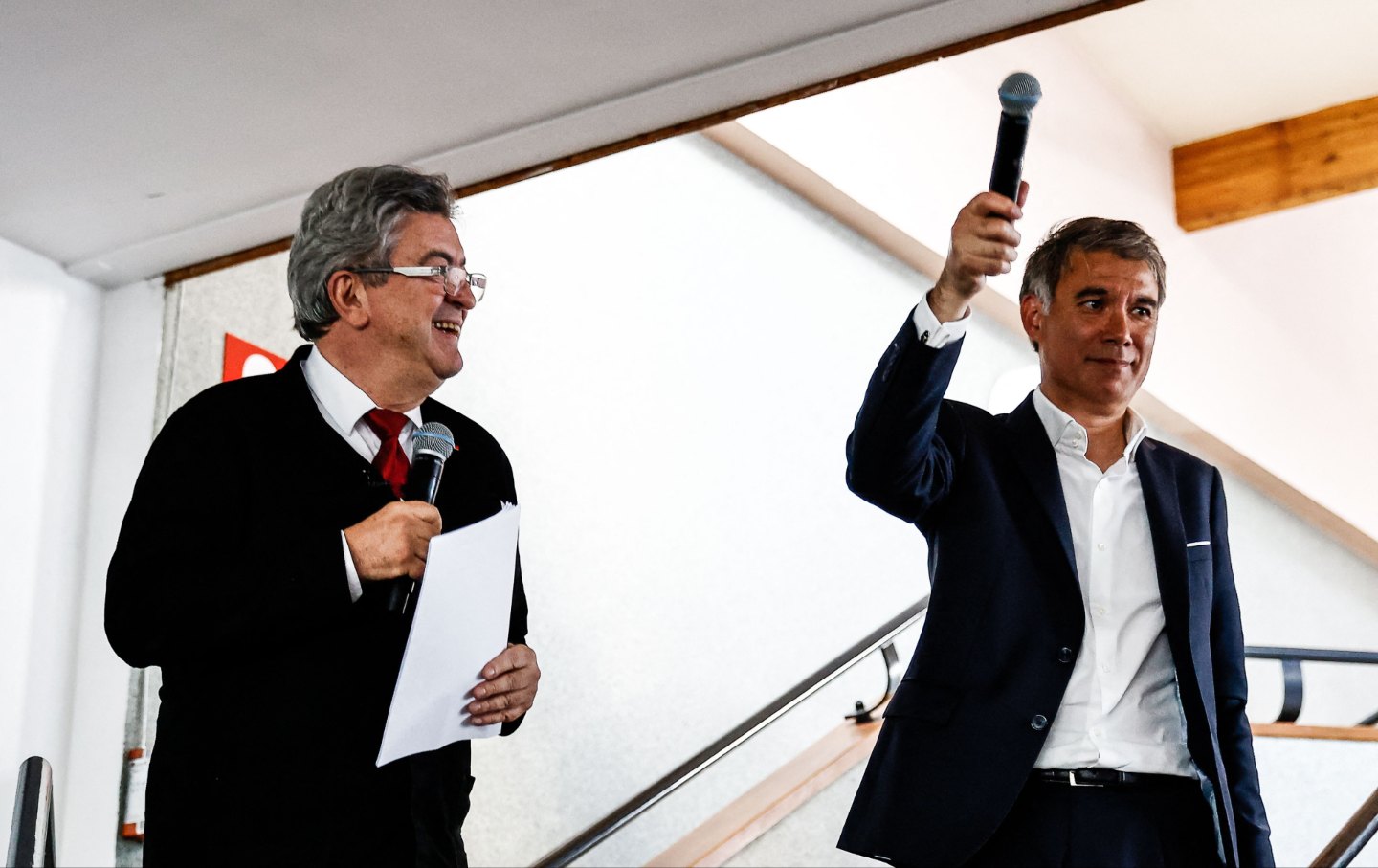
The Crisis Engulfing the French Left The Crisis Engulfing the French Left
The New Popular Front alliance looked like the best hope the left had against Macron and Le Pen. But after months of internal conflicts, it’s on the brink of collapse.
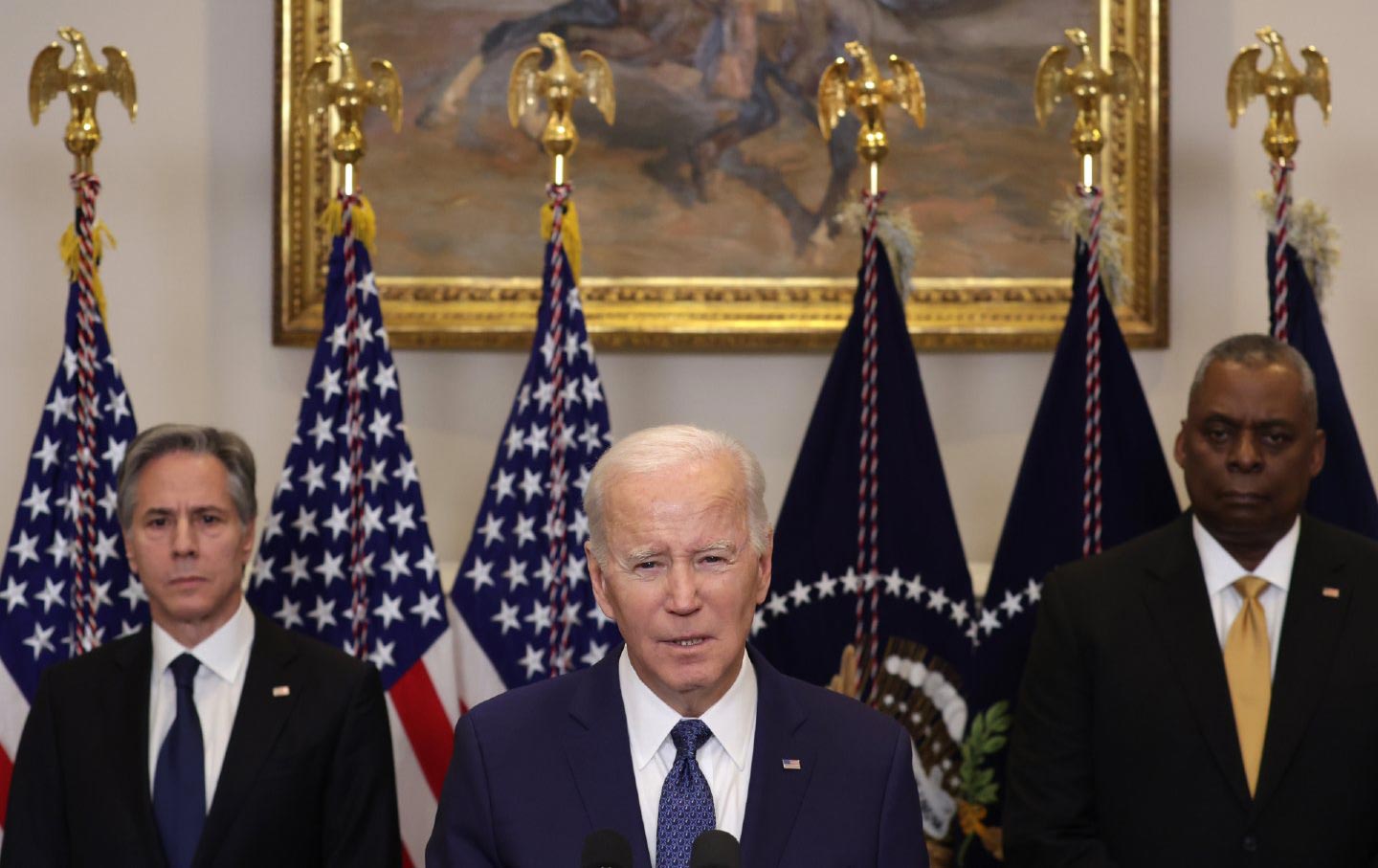
Why We Asked the ICC to Investigate Biden for Aiding and Abetting Genocide Why We Asked the ICC to Investigate Biden for Aiding and Abetting Genocide
The evidence that Joe Biden, Antony Blinken, and Lloyd Austin helped Israel commit war crimes is overwhelming.

“We’re On Our Own”: Ukrainians Confront a New Reality “We’re On Our Own”: Ukrainians Confront a New Reality
Even leftists who disagree with some of Zelensky’s policies are glad he didn’t back down to Trump.

When Russia Massacred Ukrainian Prisoners of War When Russia Massacred Ukrainian Prisoners of War
In 2022, an explosion at a Russian penal colony killed dozens of surrendered Ukrainian soldiers. Families are still fighting for justice.
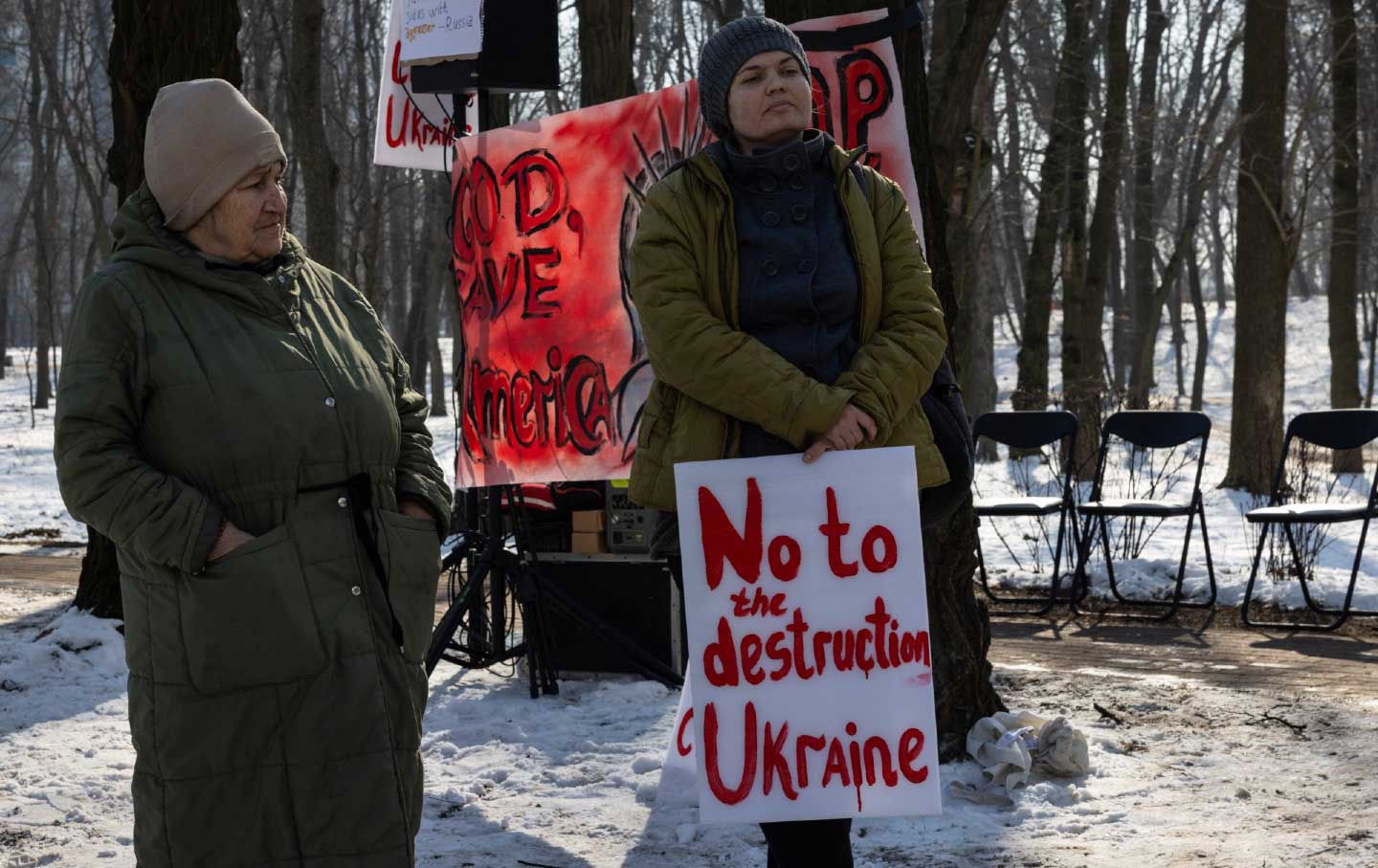
No, Donald: The US Owes Ukraine No, Donald: The US Owes Ukraine
Not the other way around.
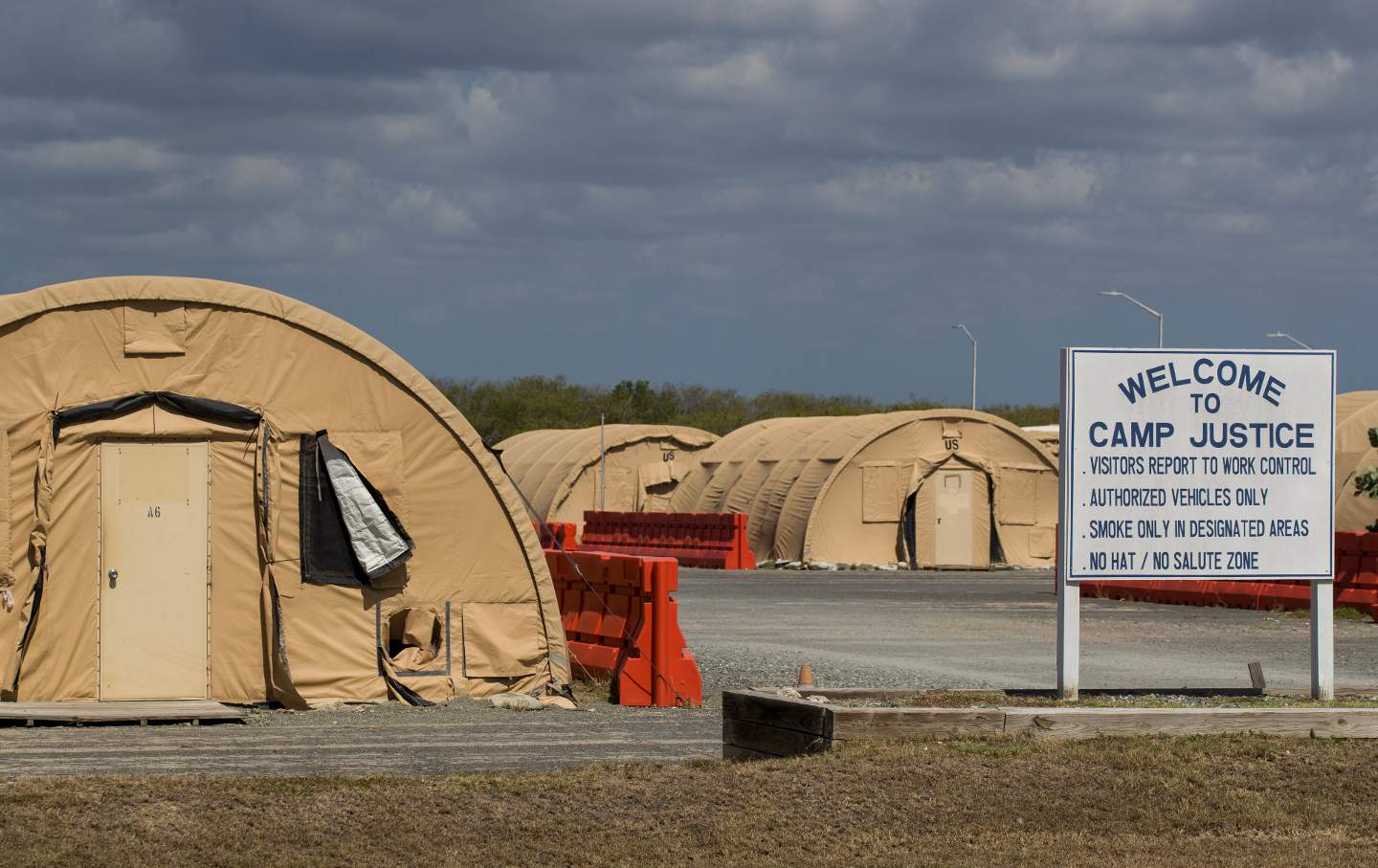
Hiding Detained Immigrants From Public View Can Only End in Horror Hiding Detained Immigrants From Public View Can Only End in Horror
Guantánamo is now a recyclable holder for whoever is the enemy of the day.


